White art in the spotlight!
- 06/01/2021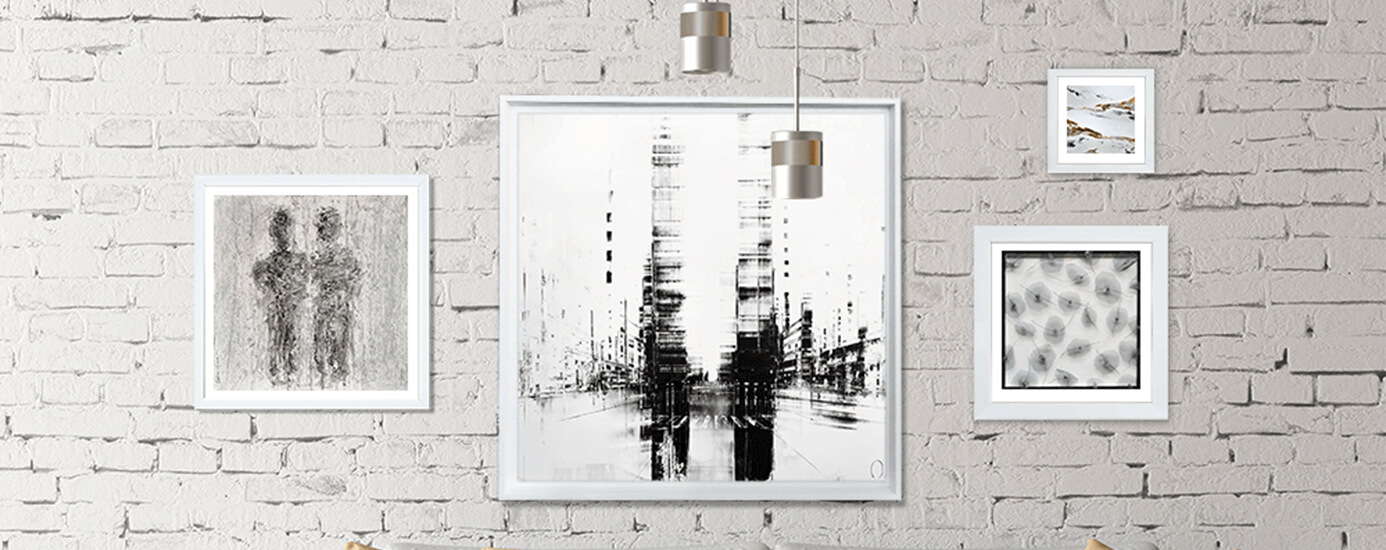
EULOGY TO WHITE
It’s the color of snow, which we missed with the shutdown of ski resorts but also the homes in Greece, where the whitewashed walls are synonymous with holidays. It’s the color of salt, the finest sand, fluffy clouds, pearls…It symbolizes simplicity and minimalism, indoors. For several years now, white walls are essential for a contemporary décor. In a bedroom, pristine sheets favor rest. In a living room, a couch or a thick white carpet give the room an instant feeling of freshness and sweetness.
WHITE AT HOME
In terms of decoration, consider light colored objects! A porcelain vase, a candle, a lamp in polished glass…And don’t forget about your walls: predominant- or boosted artwork, through white which makes any room stylish and gives character. They are generally graphic, refined and trigger style and grace. Our “White art” catalog proves this, which brings together Sophie Rocco, Julien Rey, Richard Poumelin, Denny Stoekenbroek, Lau Blou, Roma Gaia, Odile Escolier, Delphine Blais, Thierry Boitier, Yasmina Ziya, Emmanuelle Levesque, Dias and François-Régis Lemonnier.
THE COLLECTION
These artists love white and handle it brilliantly in their own way:
- Julien Rey uses it through a dialogue with an intense black, to unveil horizons of modern cities, with vertical lines but also breathtaking mountains.
- The Italian Gaia Roma offers a variety of nuances-off-white, cream, beige-to form infinitely delicate visions, adorned with little whales or human figures.
- In terms of portraits, Denny Stoekenbroek paints in black on white background with very beautiful faces, through almost-photographic realism.
- Landscape artists like Richard Poumelin, Emmanuelle Levesque and François-Régis Lemonnier use it to harmonize seaside views, greenery, or misty streets…
- The Chinese artist San Qian uses white liberally as the background; his works portray Japanese prints and represent fruit trees, boats, flowers or trees.
- Dreamier, artists like Sophie Rocco or Odile Escolier suggest uneven white evanescent figures…
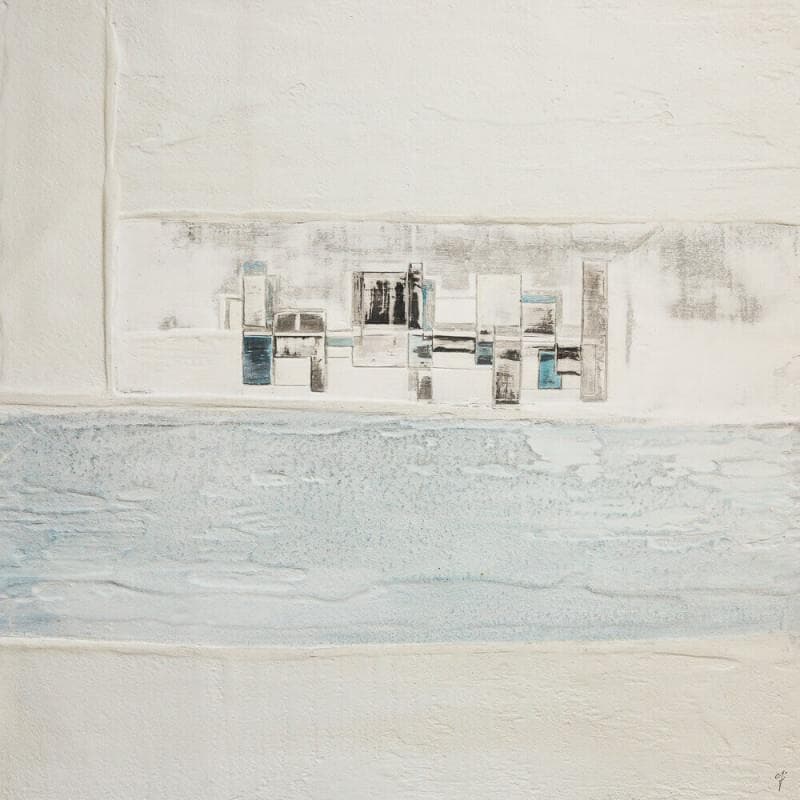
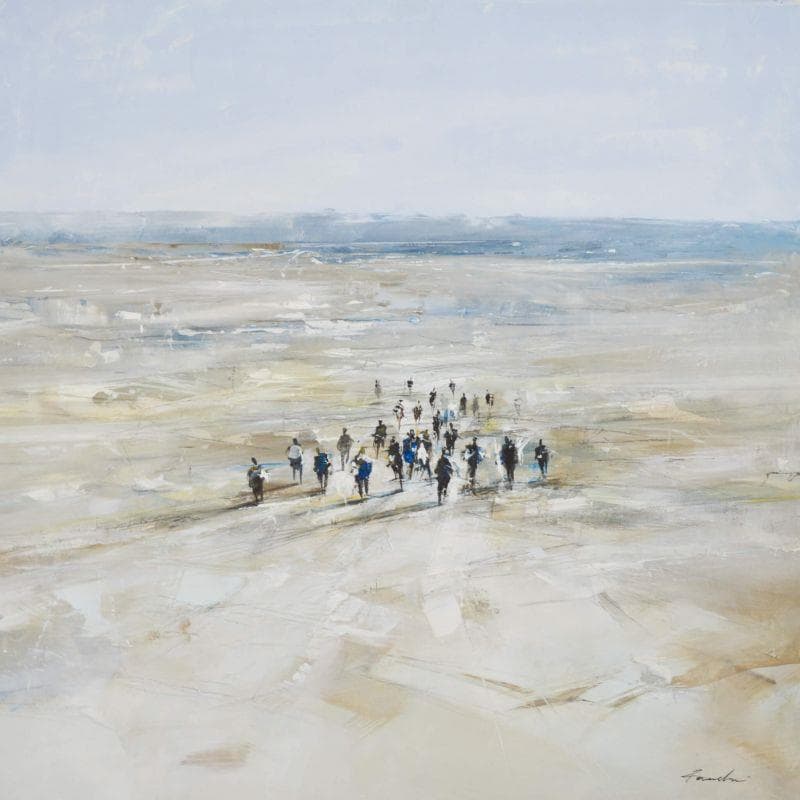
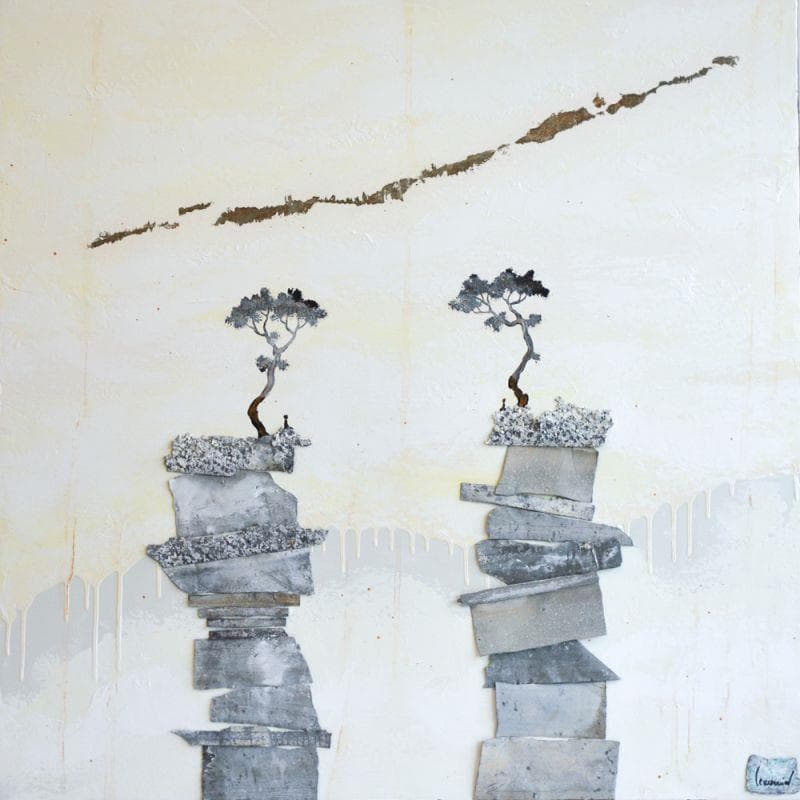
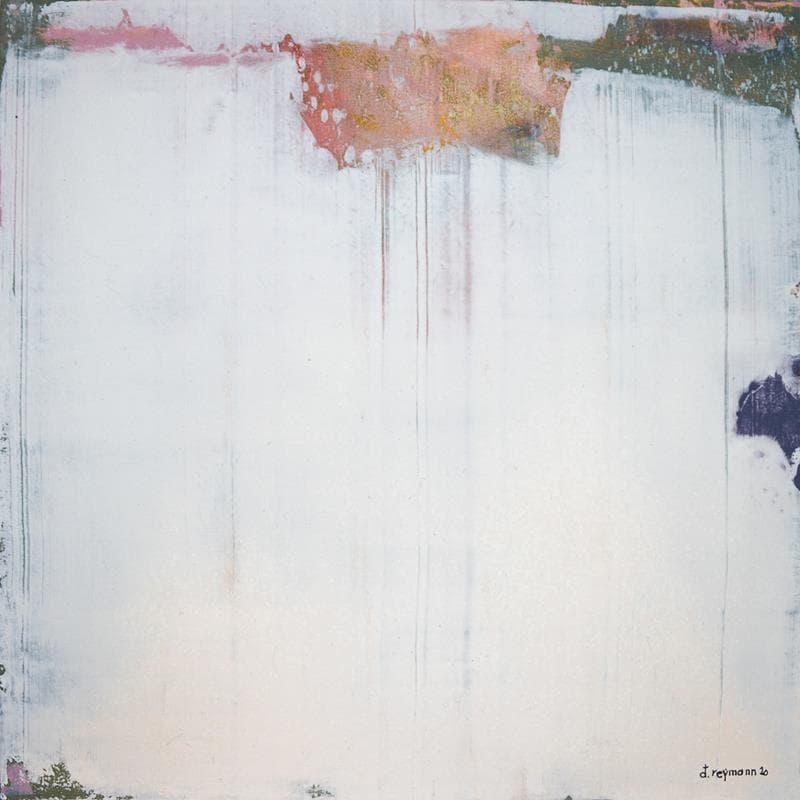
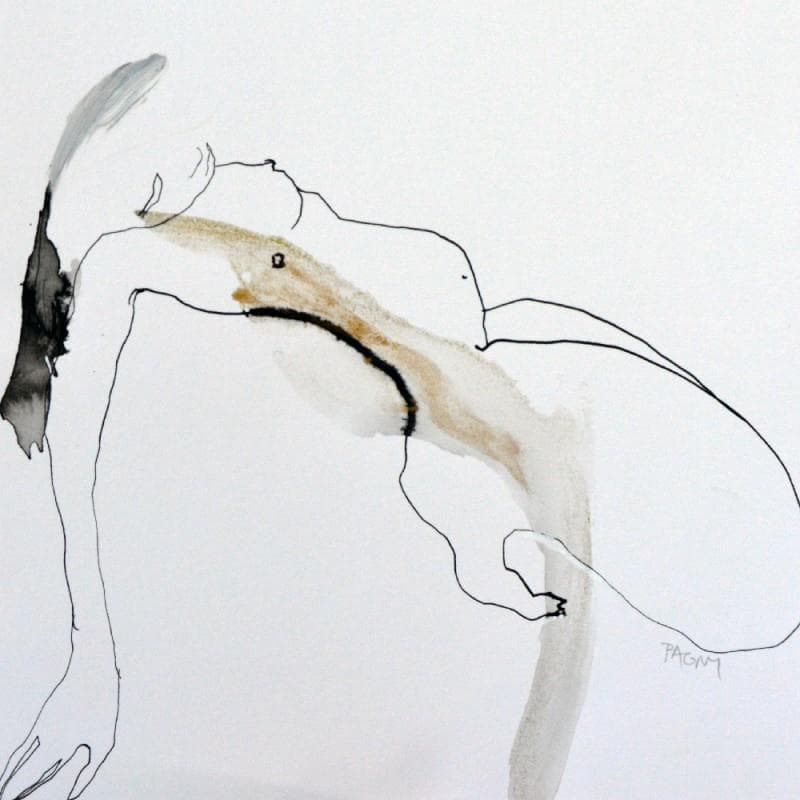
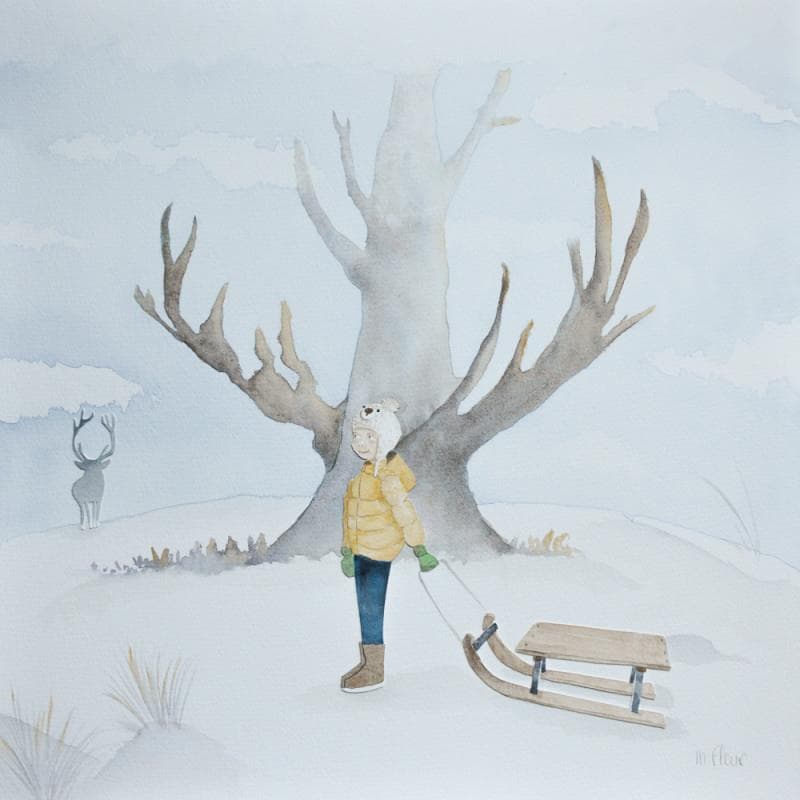
THE ART HISTORY MINUTE
An artwork is iconic through the use of white in the history of art: White on white, signed by Kasimir Malevitch in 1918. It is known to be the first monochrome. In any case, it strikes the disappearance of the subject, abstract art in its most radical form. It also shows that white isn’t always completely white: just like the famous piece without music 4' 33'' of John Cage (1952), which suggests the noise spectators make in a concert room, without realizing, Malevich’s white monochrome shows the outlines of a square and highlights the irregular surface of the painting, the miniscule marks but its materiality, more than ever.
Previously, the most beautiful whites were draped: broken by the shadows, they highlight faces and bodies and can be quite sculptural- like the famous Drapery for a seated figure (around 1470) by Leonardo De Vinci. White is often related to clothing but also jewelry like the sparkling pearl of the Girl with the Pearl Earring (1665) by Vermeer. During the 19th century, Edouard Manet who really liked black, produced a quasi-monochrome known as The Lady and Her Fan or Baudelaire’s Mistress (1862), whose dress could be an abstract painting.
Today, white is everywhere: monochrome has turned into a symbol which one resumes, abuses, mocks, enhances. Like Lucio Fontana, who stabbed several times on a painting known as White Spatial Concept in 1962. Make room for your white tubes!















